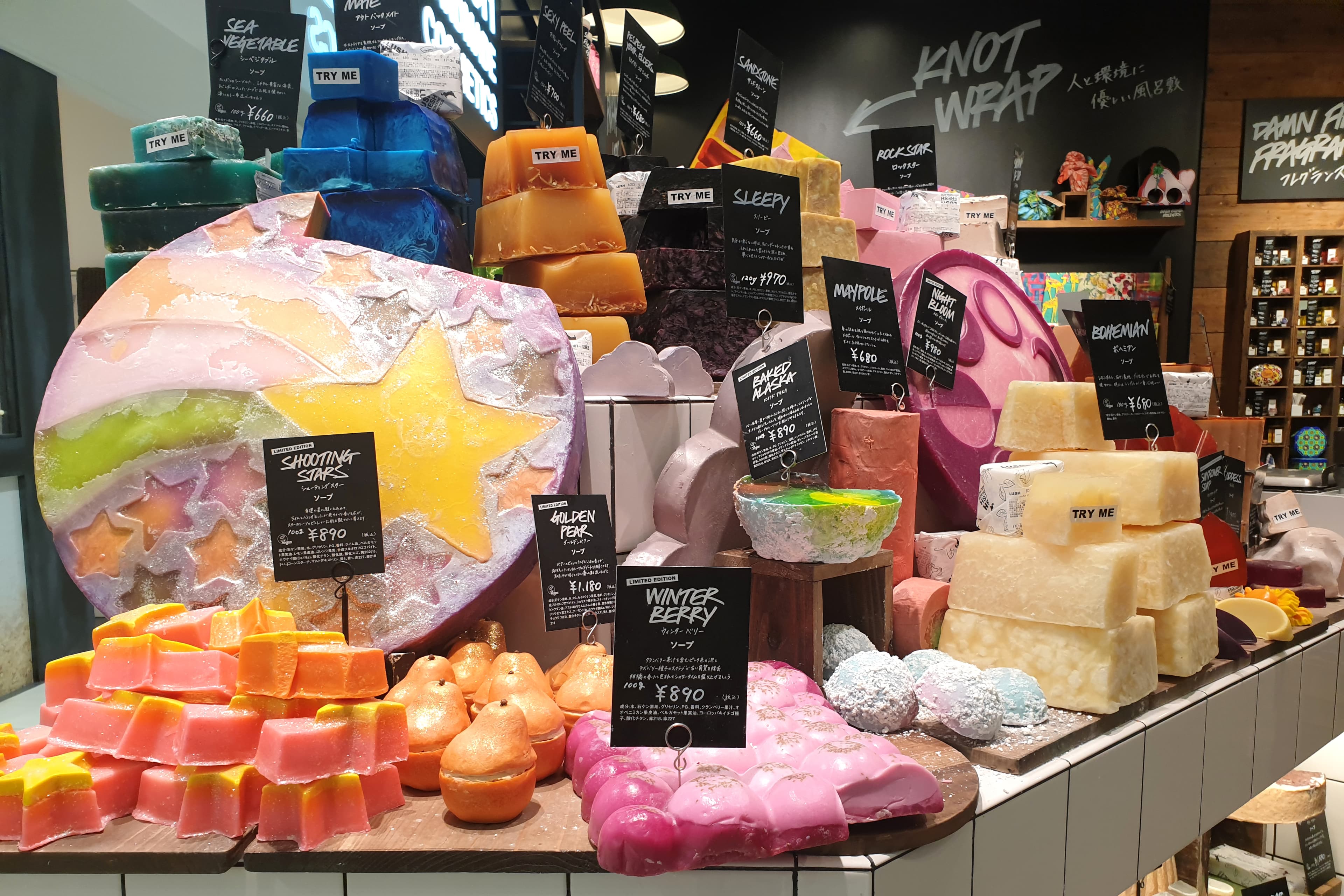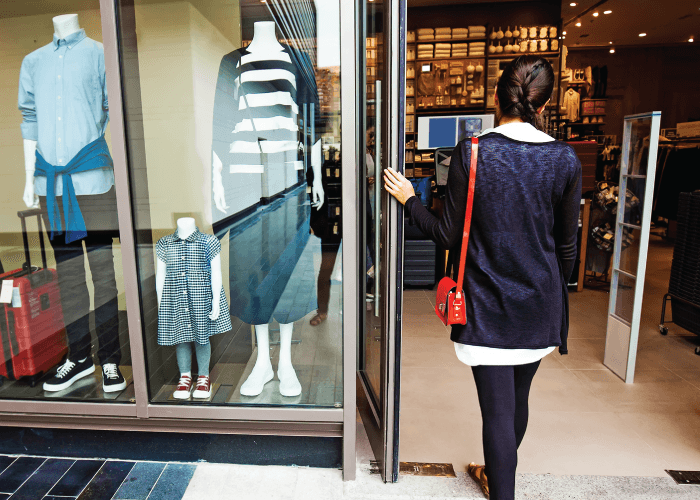3 Ways To Win With Price-Sensitive Holiday Shoppers

Black Friday, Cyber Monday, and Christmas shopping will be interesting to watch this year. Post-pandemic, with budgets getting tighter amidst inflation woes, consumer behavior is likely to shift towards more price-sensitive shopping. This will involve shopping earlier, shopping more strategically in line with household budgets, and considering purchases more intentionally before tapping cards at the register or clicking ‘Add To Cart’.
National Retail Federation (NRF) research shows that almost half (46%) of consumers started their holiday shopping before November last year, up from 39% in 2019, and this year is shaping to follow the same trend. In an NRF survey last month, 39% of shoppers said they plan to start shopping earlier than they typically do this holiday season. A large part of why shopping starts so early is because consumers are spreading out their shopping to cover the costs of the holiday season. Last year, the top reason consumers began shopping in October or earlier was to spread out their gift-shopping budget, according to the NRF.
In spite of, or perhaps because of, inflation, sales like Black Friday and Cyber Monday remain popular shopping occasions. According to Google Search Trends, the daily volume of shopping-related searches containing “deals” grew by over 2,300% last year during the week of Black Friday and Cyber Monday compared with September. So, how can brick-and-mortar retailers cater to these changing behaviors? How can retailers boost conversion as shoppers look to spend less and less? Here are three ways to win the wallets of price-conscious shoppers this holiday season.
READ MORE: It’s Spooky Season: 2023 Halloween Retail Trends
Invest In Advertising Early
The best time to begin advertising your holiday deals is yesterday. In all seriousness, the sooner retailers their offerings get in front of shoppers, the better they’ll fare this holiday season. For example, last year, Target and Walmart began promoting their Christmas promotions as early as September as a means to tackle economic anxieties. This year, CNN asked the question: “Could Christmas in summer become the norm?” and joked that “Santa better get a T-shirt because summer has claimed Christmas”. This comes after retailers began Christmas merchandising as early as mid-summer this year.
On this, Zak Stambor, senior retail & e-commerce analyst with Insider Intelligence, notes: “Every retailer is in a battle to grab as large a share as they can. That includes Amazon, which has pushed the holiday shopping season earlier than ever thanks to the launch of its Prime Early Access sales. Those events have pushed other retailers to roll out their holiday merchandise earlier than ever to ensure that they don’t lose sales to the retail giant.”
For retailers like Ulta Beauty, being there for the always-on deal seeker can make or break a holiday season. “Understanding shopping patterns, customer activities, and planning across the entire season is critical to maximize our revenue for the holidays and beyond,” says Cherie Yates, manager of search at Ulta Beauty.
Home improvement giant Lowe’s noted that over the past two years, it has seen an increase in holiday décor searches starting as early as July, with more than a 50% increase in search on Lowes.com over prior months. It has therefore launched festive holiday products early, with merchandise and deals available online in August and in stores in September. The company said budget-conscious shoppers who are dealing with the impact of still high inflation on their wallets are looking to spread out their holiday shopping and start earlier than we’ve seen in years past.
Dollar Tree, the discount variety store chain offered a limited-time “Christmas in July” online shopping event on July 20 with 50% off on shipping. Among the festive items were Christmas tree ornaments, festive ribbons, plush elves, and tabletop ornaments. This is a new approach, considering it’d be early to even be pushing Halloween deals at that time. But, with the current economic context front of mind, converting shoppers early with great deals may be the way to get ahead this year.
Curate Wishlists Now
Consumers are doing their research and being deliberate when making purchases. Because of tighter budgets, purchases are being considered far more seriously before checkout. They are looking for gift inspiration all over, but the most popular source since NRF first started tracking in 2012 has been via online search. According to a 2023 holiday shopping report, 85% of shoppers who plan to shop online typically have tabs open when waiting for sales to begin. And all their preparation paid off — the same study found that only 28% of holiday purchases were impulsive over Thanksgiving weekend in 2022.
To research products and plan for the festive season, shoppers are using Google properties, such as YouTube and Search. Think With Google reports that 93% of YouTube users say the platform provides all of the information they need to make a purchase. Product unboxings, demonstrations, and comparisons are particularly popular. This content makes the otherwise overwhelming task of research fun and entertaining, and shoppers engage with it over the course of the holiday season.
It stands to reason that retailers who capitalize on these lengthy research periods early stand the best chance. Especially when they reward shoppers with special coupons, offers, or even unique content offerings that provide value and promote ease. We know shoppers are eagle-eyed and armed with more information than ever before, so retailers should already be serving them relevant information.
WATCH NOW: Joe Wheeler on Data Monetization & Personalization
Go Beyond Traditional Holiday Discounts
In early September, 61% of shoppers said sales and promotions are more important when buying gifts and other holiday items this year compared with last. While getting a good deal is a top priority, it isn’t all that shoppers are mindful of. Shoppers are thoughtful gift-givers and want to make the holiday season feel special. Even among the higher prices and inflation last year, more than half (58%) said it was important for them to spend on holiday gifts and celebrations. Furthermore, as consumers begin their holiday shopping this year, they are thinking about their loved ones with most (69%) saying gifts for others are the first thing they buy during the holiday season, according to the NRF.

General manager of retail at cosmetics retailer Lush Australia and New Zealand, Brittany Gian, said the brand was expecting brisk trade over Christmas. “We see Christmas as being an event that consumers prioritize, and while cost-of-living pressures are necessitating cutbacks in other areas, consumers will try and preserve their Christmas spend to celebrate their loved ones after a tough year,” Gian told The Sydney Morning Herald. Interestingly, Lush will buck any discounting trends this year, as the company doesn’t tend to run store-wide sales, believing instead that “proper product advice and a personalized service can bring greater savings to a customer than gimmicky offers.”
Discounts cannot be your only differentiating factor. Personalization, experiential in-store spaces, and unique product lines will have to do some heavy lifting. Price is a huge factor, but it’s not the only factor.
In summary, winning with price-sensitive holiday shoppers in the current economic climate requires a proactive and multi-faceted approach. Retailers that invest early, provide valuable content, and offer unique experiences will not only thrive this holiday season but also build stronger, more loyal customer relationships in the long run.
WATCH NOW: Retail Experts on the Power of In-store Analytics
About the author:

Ashton Kirsten, Global Brand Manager, RetailNext
Ashton holds a Master's Degree in English and is passionate about physical retail's unbridled potential to excite, entertain, serve, and solve problems for today's shoppers.




